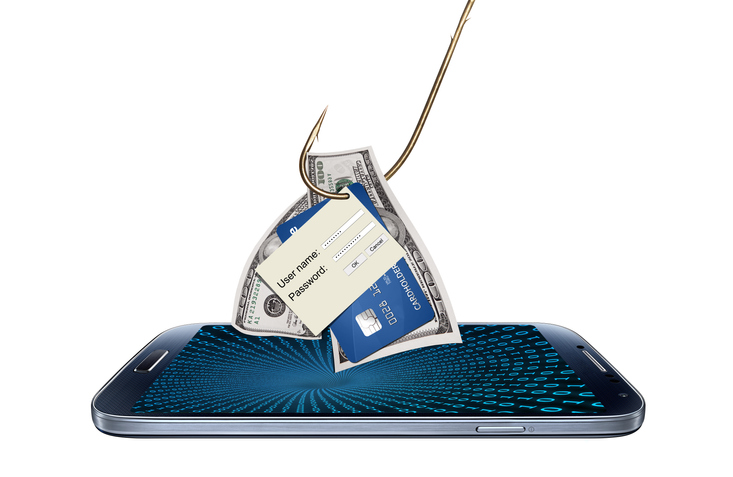Security
Understanding Common Phishing Scam Tactics
In an increasingly digital world, phishing scams are becoming more prevalent. The fraudsters behind these scams are finding more creative ways to exploit digital platforms like email, text, phone and peer-to-peer (P2P) payment apps.
According to the Federal Trade Commission’s report on fraud, it’s estimated that American consumers lost a staggering $10 billion to phishing scams and other fraud in 2023 — an increase of more than 14 percent over 2022.
If you know what to look for, you’ll be better positioned to avoid falling victim to tactics used by scammers to obtain secure, personal information.
Stay alert by understanding clues to spot a phishing attempt through these four most common avenues:
- If you’re being pressured to click a link in an email, it’s likely a scam. Hover over the link (don’t click!) to see where the URL is directing you.
- If the sender is using scare tactics, like threatening you with legal action or stating they’ve detected suspicious activity on your account, your red flag should be waving.
- Be on the lookout for typos. Misspellings and poor grammar are tell-tale signs of a phishing scam.
- Be wary of every email. Staying alert and reviewing your emails carefully for any potential risk will help protect you from email scams.
Text Message
- Try not to feel rushed if the scammer is using scare tactics, like a demand for urgent action. Their goal is to make you feel confused in hopes you make a mistake.
- Avoid clicking on a link sent via text message.
- Never share your personal information like your password, PIN or MFA passcode.
- If it’s unexpected, it’s likely a scam. Delete the message so you don’t accidentally reply.
Phone Call
- Never rely on caller ID, as scammers can make any number or name appear on your phone.
- Don’t share sensitive information like your bank password, PIN, or MFA passcode.
- If you’re being told, “act now or your account will be closed” or something similar that creates a sense of urgency, don’t give in. The scammer is attempting to get you to act before you think.
- If you have any doubts, remember the mantra: Hang up, Look Up, and Call Back. Learn more about how to recognize a phone scam.
Peer-to-Peer (P2P) Payment Apps
- Be skeptical of texts or calls about payment apps, such as Zelle, Venmo or CashApp. You can always hang up and call the payment app’s customer service number or reach out to GSB directly at 207-839-4796 to verify.
- When using payment apps, it’s always safest to only pay friends or family, or people you know and trust.
- As mentioned above, don’t fall for scammers who are urging or pressuring you to act before you think. High-pressure tactics are a red flag.
- If it seems like an unusual request for payment, take that as a clue. We will never ask you to pay bills using a payment app or ask you to send yourself money.
In The Event of Suspicious Activity:
Customer Service Center
(207) 839-4796 or (800) 492-8120
CustomerService@GorhamSavings.Bank
Monday – Friday 7:30AM- 5:00PM
Saturday 7:30AM – 12:00PM
After hours, please call:
ATM/Debit Cards (800) 500-1044
Credit Cards (800) 883-0131








